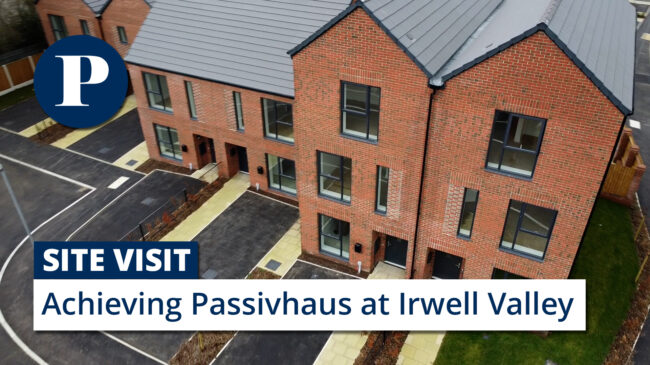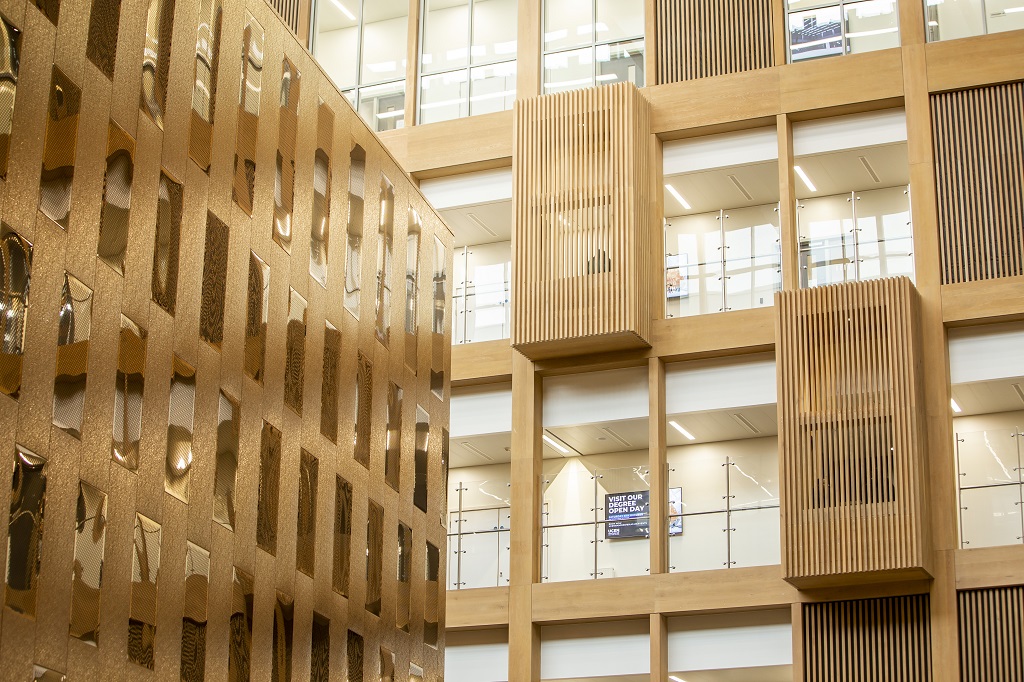NW in 2017: Design for unpredictable change
In the first of a series of articles by guest contributors exploring issues facing the North West in 2017, Francesco Veenstra considers the challenge of designing in uncertain times.
Increasingly, 2017 and beyond will ask architects to create a vision of growth that responds to the unknown scenarios that follow innovations, trends, demands and changes in education and information technologies.
How do you prepare not just for the changes you can predict, but also the unpredictable?
The North West is stretching in terms of population and economy and Manchester is expected to be its fastest growing city. Things are looking good for development. But with growth comes responsibility. There is a danger that value could be lost when growth is not made within the framework of a coherent and forward-looking plan: a plan that allows for flexibility, diversification and understands that things will change. This is where our profession needs to formulate a coherent vision.
What city models can we look to where a flexible plan for growth has been developed successfully? How have they been implemented? The Greater Manchester Spatial Framework will have a part to play in this but it is our responsibility as urban planners, architects and designers with an investment in Manchester and the North West to contribute to this vision positively. What kind of city do we want to create? If we want a city environment with great diversity in living, working, education, sports and leisure, that challenges its citizens to lifelong learning in the broadest sense of the word, we need a holistic and integrated approach to growth.
“What if…?” is a question we ask in our practice in order to diversify our thinking and that of our clients and partners. Our job is to scenario plan for potential future situations. We need to challenge what complacent partners think will always stay the same, what optimists sell us as the right model for the future and the pessimistic view of a catastrophic situation.
Scenario planning in our practice means developing for a diverse range of possibilities for a particular situation. It allows for choice and flexibility. And if things change even more radically in the future, it provides a process for how to do things differently.
We need to scenario plan for Manchester’s new citizens in 2035. Who are they and what do they desire and expect. We need to think about the influence of information technologies on our cities like the development of driverless cars. Imagine how life will change in Manchester and what can be done when city car parks have become obsolete. We need to not only build for young professionals, transient citizens and the rental sector, but develop strong models of housing for families, first time buyers and cooperative living. Being ‘at home’ in Britain has changed dramatically over the past few decades and there is no reason to assume it will remain the same for the years to come. Manchester has a unique identity; it is an international city with a local heart and the only way to maintain that is by creating strong communities.
The greatest risk that growing cities are running at the moment is that creating a cohesive urban environment amounts to uniformity in design, construction and accommodation. Uniformity excludes, whereas a cohesive urban environment should be inclusive. The key to meeting the demands and challenges of the city’s population, not just now but also in the future, depends on a visionary plan that embodies diversity.
Our model for growth in Manchester in 2017 and beyond promotes collaboration between development partners, openness to change, and diversity of offer and community. If we’re open to ‘doing things differently’ to how we have done them before, being caught by surprise in the future will always be welcome.
- Francesco Veenstra is a partner at Mecanoo




